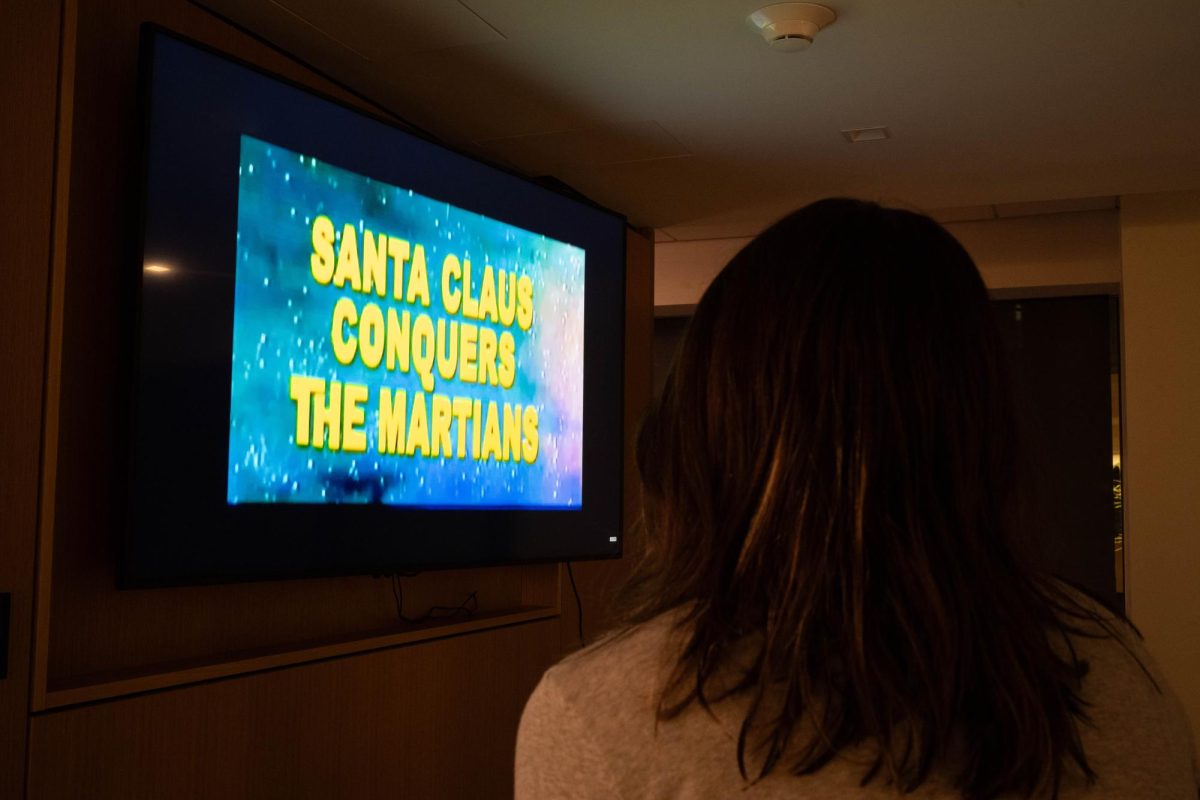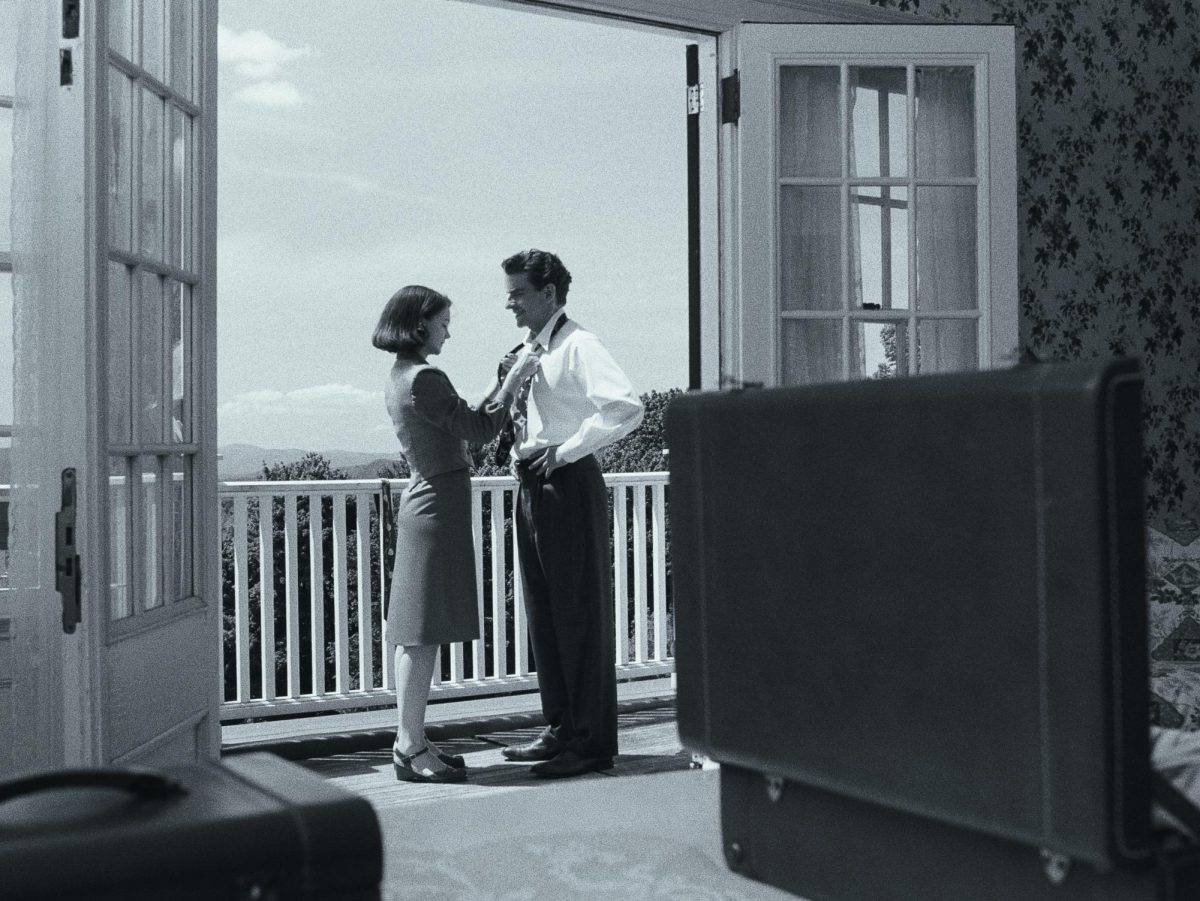Ever since my “Glee” obsession in middle school, I have been hoping to hear Lea Michele deliver the famous opening line from “Funny Girl” – “Hello, gorgeous!” – in a packed Broadway theater to a cheering audience.
Michele’s “Glee” character, Rachel Berry, was cast as the lead role of Fanny Brice in the fictional revival of “Funny Girl” in the show’s fifth season. But in real life theater, the original 1964 musical starring the iconic Barbra Streisand had yet to be revived until this year.
“Booksmart” and “Impeachment” actress Beanie Feldstein first held the role of Fanny Brice in the musical’s return but announced an early departure from the show in July, just three months after her opening night. Feldstein’s prompt exit followed sharp criticism of her vocal performance in a musical with Streisand’s big shoes to fill. The Guardian called Feldstein’s voice “paper-thin, reedy in the higher registers and overly nasal throughout” – and with understudy Julie Benko filling in for Feldstein a grand total of 26 times in just a three-month run, it was clear the fan response made its mark on the “Funny Girl” leading lady.
Just one day after Feldstein announced her departure, the production announced that Lea Michele would be cast as Fanny Brice in the musical’s revival starting Sept. 6 alongside Tony Award winner Tovah Feldshuh playing the role of Fanny’s mother. In a musical with inevitable comparisons to Streisand, Michele was an obvious choice, necessary to remedy Feldstein’s poorly received performance.
In the monthlong interim between Feldstein’s departure and Michele’s arrival, the widely acclaimed Benko took over seven nights a week, receiving heaps of support from audiences and critics alike. Benko used her less than recognizable name in comparison to Michele and Feldstein to her advantage. The character of Fanny Brice was an unknown singer who became a star, so audiences watching Benko felt that she represented Fanny in true fashion.
On Sept. 6, Michele made a triumphant return to the Broadway stage to play a role she has essentially been campaigning for since birth – the vocal powerhouse has been on Broadway since she was just eight years old in productions like “Les Misérables,” “Fiddler on the Roof” and “Spring Awakening.” She received four standing ovations before intermission and six by the musical’s finale number, each one led by an emotional Jonathan Groff, Michele’s best friend and fellow “Glee” and “Spring Awakening” alum.
Just seconds after Michele’s casting announcement, I jumped to my computer to frantically purchase tickets to her first Saturday matinee as Fanny Brice. When the big day came, I had no reservations about waking up at 4 a.m. and traveling 10 hours to New York and back in a day by train – after all, I had been waiting for this moment ever since I watched Rachel Berry demolish “Don’t Rain on my Parade” for the first time in the 2009 “Sectionals” episode of “Glee.” Michele’s rendition was the closest to Barbra Streisand in recent decades while still being distinctly personal, captivating audiences on an international level.
When I opened Instagram about an hour before the matinee was scheduled to begin, my heart dropped to my stomach. An announcement posted on the official “Funny Girl” account just one minute earlier read that Lea Michele tested positive for COVID and would not perform until Sept. 20. I was devastated – the musical casting I had been looking forward to not just in the months since buying the ticket, but since watching “Glee” for the first time more than a decade ago, was no longer happening.
Michele posted the news on her account too, saying nearly a dozen cast members also tested positive for COVID, including all three standbys and the original actress for the supporting role of Mrs. Meeker, one of Mrs. Brice’s friends. It is extremely unusual for most Broadway productions to require so many understudies onstage at once – one or two is typical, but 11 is unheard of.
Minutes before the curtains opened, the chaos continued. A producer announced that Barbara Tirrell, whom the production hired as a swing just the day before, would go on for Mrs. Meeker. Tirrell said she made the five-hour drive from Massachusetts to New York that day intending to watch the musical live for the first time, but she learned that she was needed onstage with just 30 minutes to rehearse by the time she arrived. If this wasn’t dramatic enough, the producer went on to say that Tirrell was still on-book, meaning she would be carrying the physical script while she performed on stage, unprecedented for Broadway performances.
Despite the chaotic nature of what was supposed to be an ordinary Saturday matinee, the cast miraculously blended together seamlessly. I would have thought that this group of people performed together seven times a week if I didn’t know any better. The experience was a true testament to the vitality of understudies and standbys to the theater – Tirrell said she later learned that had she been unable to go on, the entire production would have been canceled that day.
Benko shined, as expected, with her phenomenal rendition of “I’m the Greatest Star.” By now, she has proven herself to be a seasoned professional as Fanny and has more than made a name for herself throughout her run. It is clear her success will continue, but Tirrell was the unexpected star of the show Saturday. Her ability to blend in with the other supporting roles without sticking out as someone who had not so much as seen the production run through was admirable and almost unbelievable. In fact, I did not even notice the script in her hand throughout the majority of the first act.
I will undoubtedly be back to see Michele in the role, but after watching an impressive performance from a remarkable cast faced with countless obstacles, I left New York with a different type of appreciation for theater than the one I initially expected – and it was only fitting that a woman named Barbara saved the day.







